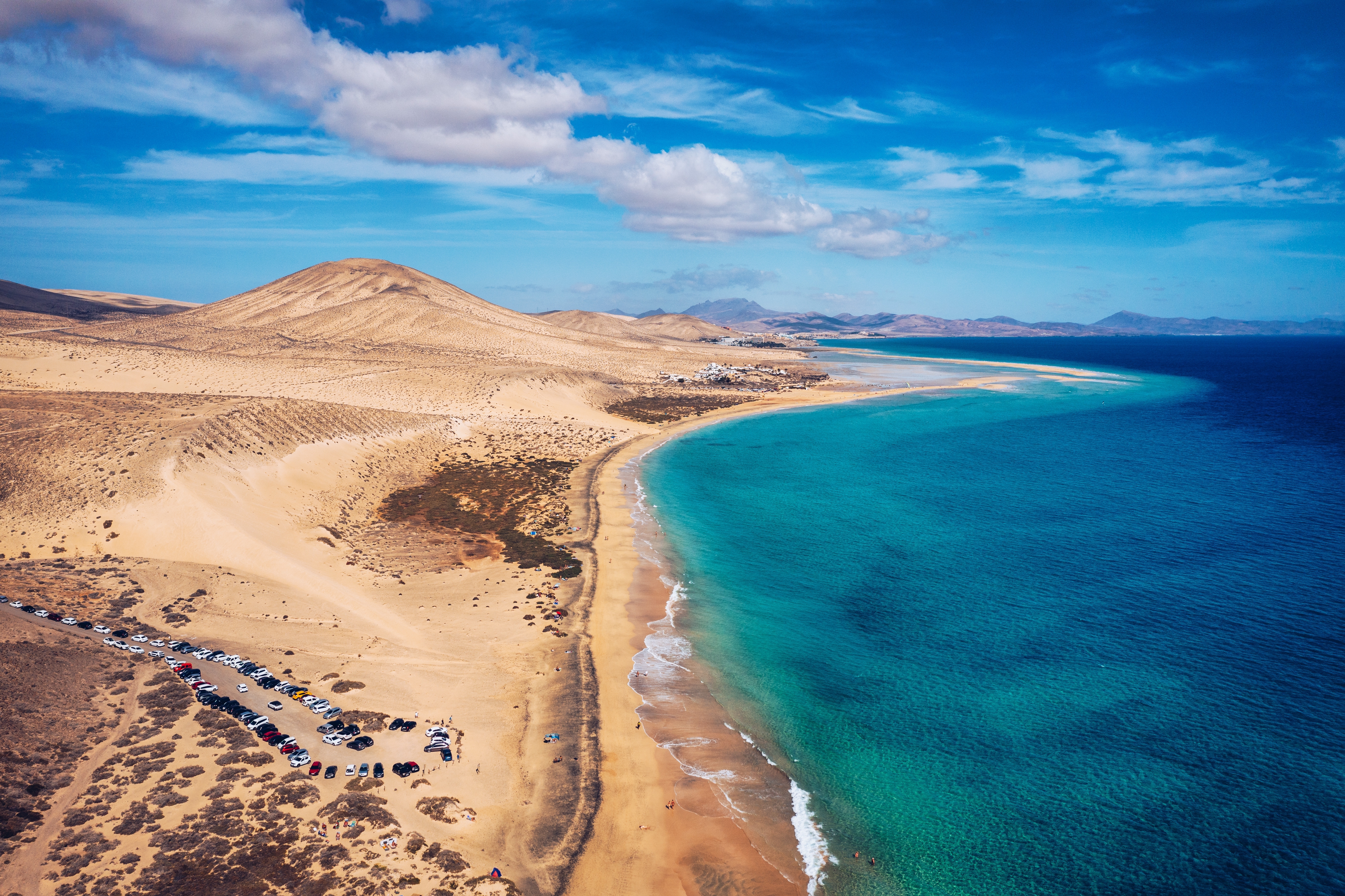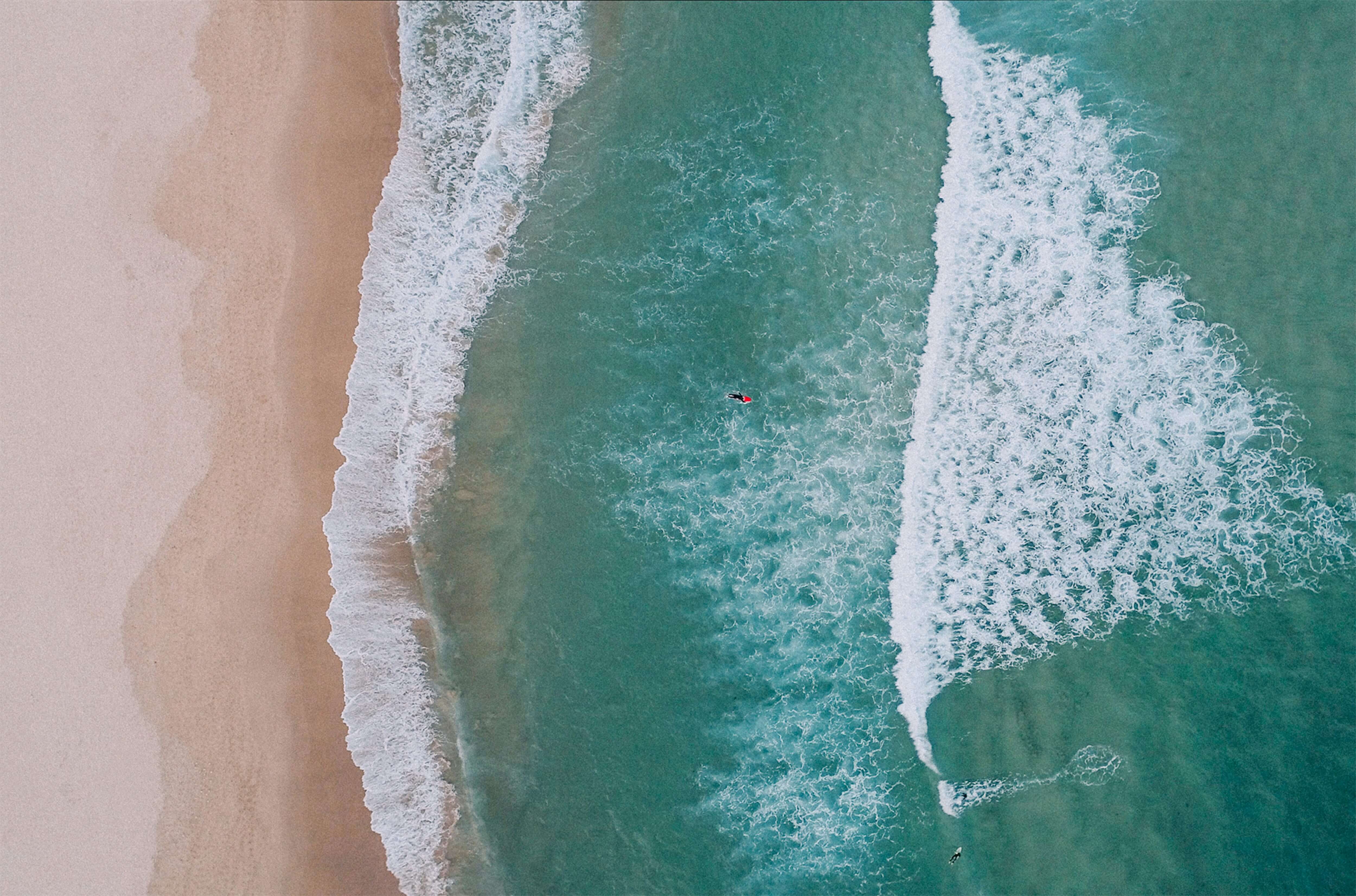Best time to visit Australia: seasons & travel tips
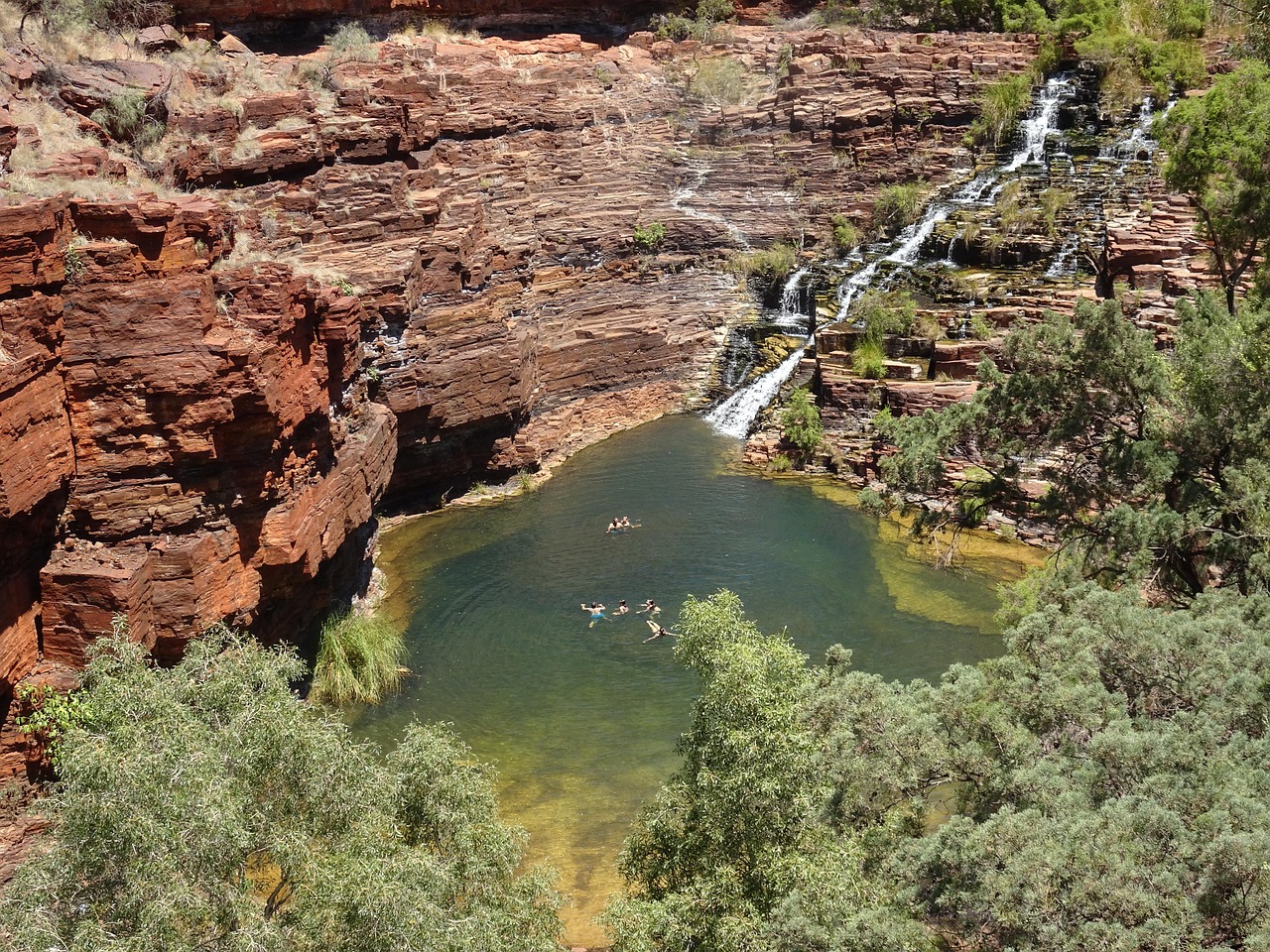
Why timing matters when exploring Australia
Australia is big. Stretching over 4,000 kilometers from top to bottom, this country offers a surprising mix of climates and landscapes, from humid tropics in the north to snowy peaks in the south. The kind of trip you have here depends a lot on when you go.
One month, you could be chasing whales off the coast of New South Wales. Another, you’re walking through carpets of wildflowers in Western Australia or tackling a rugged hike across the sunbaked Red Centre. Some people dream of the Outback, all red dust and endless skies. Others picture cruising the Great Ocean Road, windows down, music up, wind in their hair.
Timing really matters. Australia’s seasons are flipped compared to North America and Europe — summer hits when you’re bundled up in winter. That alone can shift your whole perspective of what “down under” actually feels like.
Good to know
You can visit Australia any time of year, but it’s worth keeping the seasons in mind — especially in the tropical regions like Queensland, the Northern Territory, and the northern part of Western Australia. From November to April, these areas go through their wet season, which can bring heavy rain and tricky travel conditions.
If you’re planning a road trip through these parts, the dry season — roughly May to October — is a much better bet. The roads are easier to manage, the skies are clearer, and the overall experience is far more enjoyable.
Understanding the seasons in Australia
Summer (December to February)
This is peak summer in Australia — long, hot days, especially in the outback and northern regions. In cities like Sydney and Melbourne, it’s prime beach season. December and January are buzzing with activity as locals celebrate Christmas and New Year — two of the biggest holidays in the country. Just a heads-up: things get crowded fast.
If you’re up in the tropics, though, be prepared — it’s wet season there. Think heat, humidity, and sudden storms. But if you don’t mind the warmth, it’s a great time to hit the Great Ocean Road, join in on some big outdoor events, or simply unwind by the coast — just make sure you’re ready for the heat.
Autumn (March to May)
Autumn is a favorite among Aussies. The days are still warm, especially in the southern parts, but the intense summer heat starts to ease. This season also brings out beautiful autumn colors in places like the Adelaide Hills and Canberra. It’s a perfect time for bushwalks, food and wine festivals, and exploring cooler spots like Tasmania or the Blue Mountains in crisp, pleasant weather.
Winter (June to August)
Yes, parts of Australia do get cold. In the south, nights can dip into single digits, and it’s ski season in places like the Snowy Mountains and Victoria’s alpine region. On the flip side, winter is actually the best time to visit Australia’s tropical north. Cities like Darwin and Cairns — and natural gems like Kakadu National Park — offer dry, sunny weather that’s perfect for exploring.
Spring (September to November)
Spring brings a bit of everything — beach trips in Queensland, garden festivals in Victoria, and fewer crowds overall. It’s considered shoulder season, which often means better deals and a bit more breathing room while traveling. All in all, it’s a great time to get out and explore.
Why spring and autumn are often the best times to visit
Ask seasoned travelers or even locals and you’ll probably hear the same thing: spring and autumn are the sweet spots for visiting Australia. These shoulder seasons strike the perfect balance — not too hot, not too cold.
Take autumn, for example, from March to May. The heat starts to ease up, but it’s still warm enough for a swim in most places. You can spend your days exploring without feeling like the sun is constantly breathing down your neck. In South Australia and Victoria, the vineyards come alive with harvest celebrations, and spots like the Grampians or Lamington National Park are perfect for hiking. Plus, the golden hour lingers longer this time of year — ideal if you’re road-tripping through the countryside.
And then there’s spring — September to November — when everything is fresh and new. Wildflowers even bloom in the outback, animals begin to wake up from their winter sleep, and the weather is perfect. In Sydney and Perth, spring usually means festivals, eating outdoors, and blue-sky days that are just perfect for beach strolls. And if you’re traveling north, it’s the tail end of the dry season there too, so great conditions to visit tropical areas before the rains come back.
Another perk? The seasons are generally cheaper. Fewer crowds translate into greater availability and sometimes even cheaper accommodation and tours. If you prefer a little flexibility and room to roam when you travel, it’s the ideal time to get on the road.
And talking of the road — there’s nothing quite like having a car of your own. Some adventurers imagine wine-tasting along Margaret River, others fantasize about twisting roads along seascape cliffs, or getting temporarily lost in the bush in pursuit of waterfalls. Renting a car in Australia makes it all possible — and allows you to travel at your own speed, without having to rush or compromise.
What to do in Australia, season by season
Summer: Beach Vibes and Buzzing Cities
From December to February, Australia feels like one big outdoor adventure. Down south, it’s all about beach days, warm nights, and good times. Think surfing in Byron Bay, snorkeling on the Great Barrier Reef, or soaking up the festival buzz in Melbourne and Sydney. Long days and warm evenings make it perfect for road trips along the coast or just relaxing seaside with fish and chips.
But head up north, and it’s a different story. Summer brings serious heat, heavy rain, and high humidity. Places like Darwin and Cairns often deal with flash floods and steamy weather. In the Outback, the temperatures can get intense — some roads even close because of storms or extreme heat. So if you’re dreaming of remote adventures, this might not be the best season to go off-grid.
Autumn: Good Wine, Quiet Trails, and Active Wildlife
Once the summer heat eases, autumn (March to May) becomes a favorite time for many — locals and travelers alike. It’s cooler, but still warm enough to explore. You can hike the trails of the Blue Mountains, catch the changing colors around Canberra, or wander through Tasmania without the crowds. With wildlife becoming more active, it’s a great time to be out in nature.
It’s also when Australia’s wine regions hit their stride. Vineyards in the Barossa, Yarra, and Hunter valleys kick off their harvest festivals, offer tastings, and host live music events. With sunny days and crisp evenings, it’s the kind of season that invites you to slow down, sip something local, and enjoy the scenery.
Winter: Snowy Peaks and Northern Escapes
From June through August, winter touches down — and yes, parts of Australia actually get snow. If you’re into skiing or snowboarding, the mountains in Victoria and New South Wales (like Thredbo or Mount Hotham) are ready with powder, chairlifts, and cozy alpine stays.
Up north, though, it’s a different kind of magic. The rains are gone, and the landscapes are lush and green. National parks like Kakadu, Nitmiluk, and Litchfield are at their best, and cooler temperatures make exploring far more comfortable. Central Australia, including Uluru and Kings Canyon, is also a great pick now the harsh summer heat has eased off, and the days are perfect for long hikes and stunning sunsets.
Spring: Blooms, Festivals, and Fresh Starts
From September to November, spring brings a fresh wave of color and energy. Wildflowers burst into bloom across Western Australia, transforming the outback into a painter’s palette a dream for nature lovers and photographers.
Down south, cities like Adelaide, Hobart, and Canberra roll out their festivals and garden shows. The weather is gentle, days are getting longer, and crowds are still relatively light, making it a great time to travel. If you’re heading along the Great Ocean Road, spring offers blue skies, active wildlife, and a peaceful atmosphere like hitting reset on the year with all the good stuff Australia has to offer.
Where to go in Australia, and when
Due to its enormous size and diverse climates, the “best time to visit” actually varies depending on where in Australia you’re traveling to. Here’s a brief guide to assist you in pairing your destination with the most comfortable time of year.
Queensland (Brisbane, Cairns, Whitsundays)
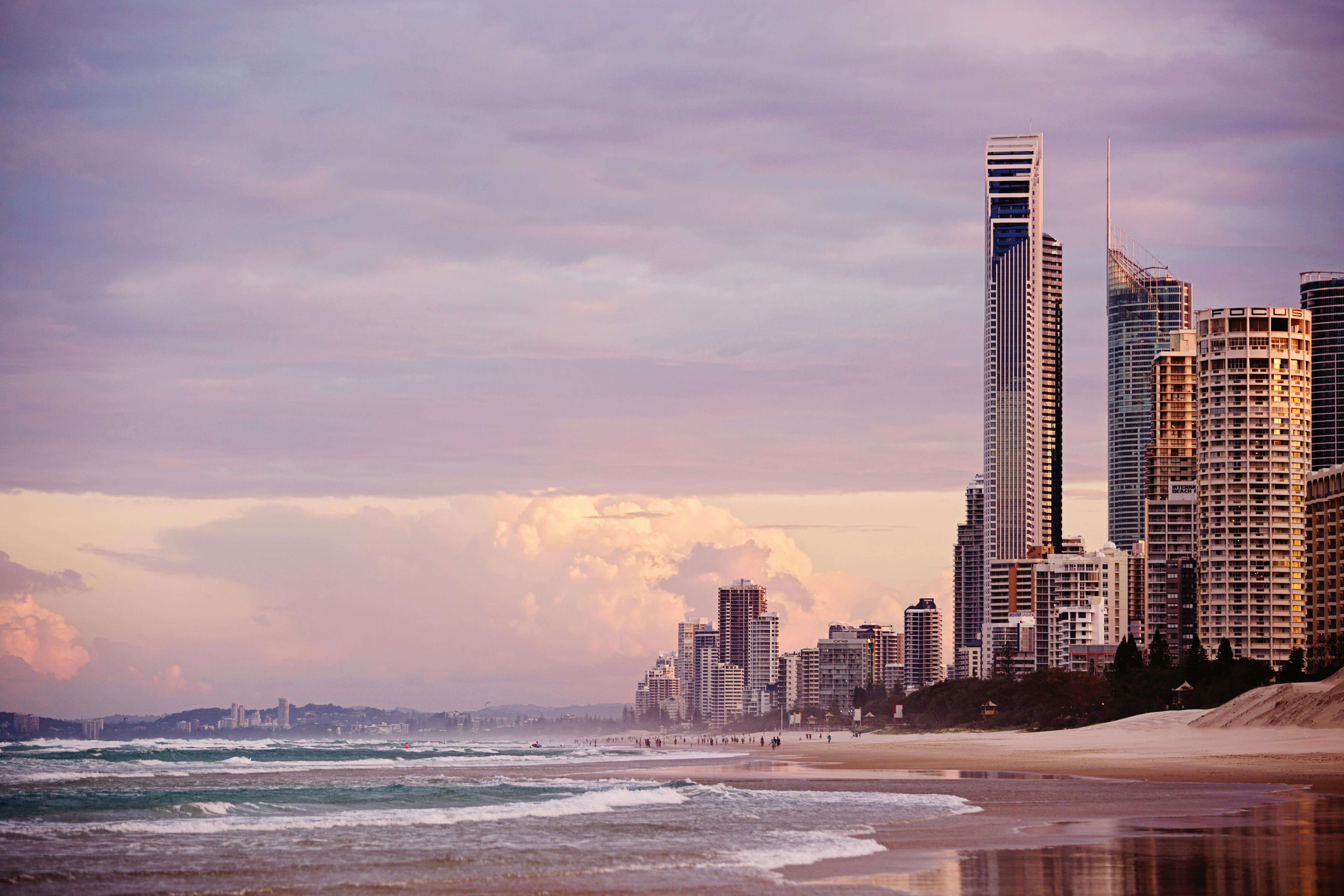
Tropical Queensland in the north is ideally visited during the dry season, May to October. It is during this time that one can experience clear skies, reduced humidity, and ideal weather conditions to visit the Great Barrier Reef or the Daintree Rainforest.
In the south, Brisbane or the Sunshine Coast are pleasant throughout the year, although summers can be humid and hot.
New South Wales and Victoria (Sydney, Melbourne)

These states in the southeastern part of the country have a temperate climate, four clearly defined seasons. Autumn (March to May) and spring (September to November) are ideal for road trips such as the Great Ocean Road, city stopovers, and wine areas.
Sydney has mild winters, but Melbourne can be cold — particularly at night.
The Red Centre and the Outback (Uluru, Alice Springs)
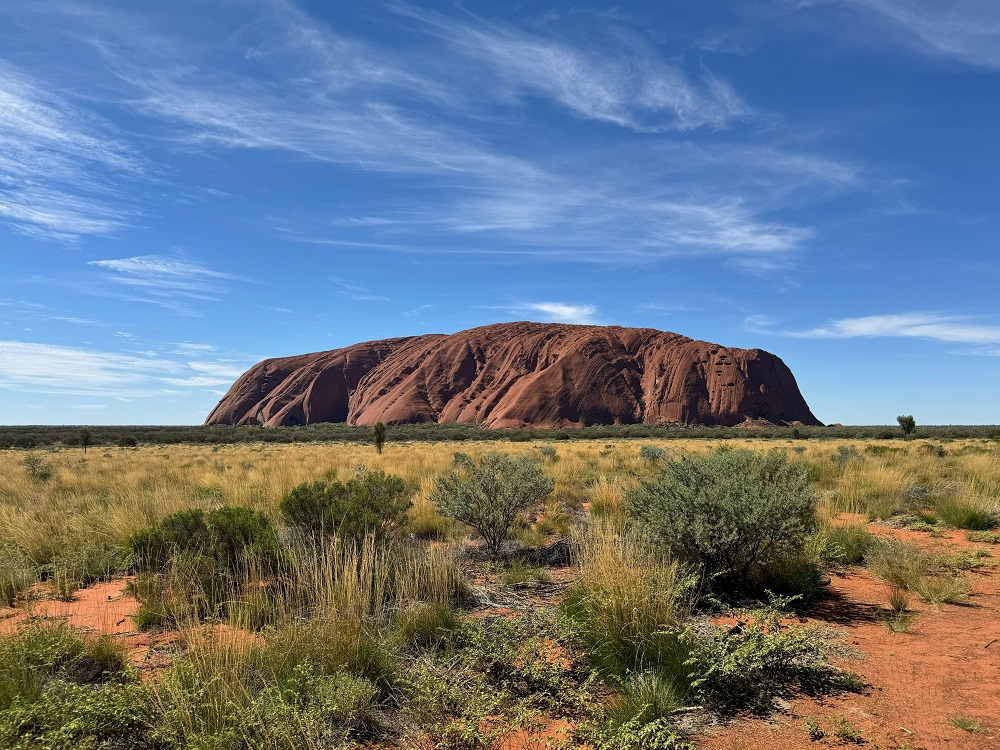
If you dream of red soil and starry nights, visit Alice Springs between April and October. These months offer cooler nights and dry days, perfect for canyon hiking and studying Aboriginal culture.
During summer, day time heat can be very strong, and some roads can be closed because of weather.
Northern Territory and Top End (Darwin, Kakadu)
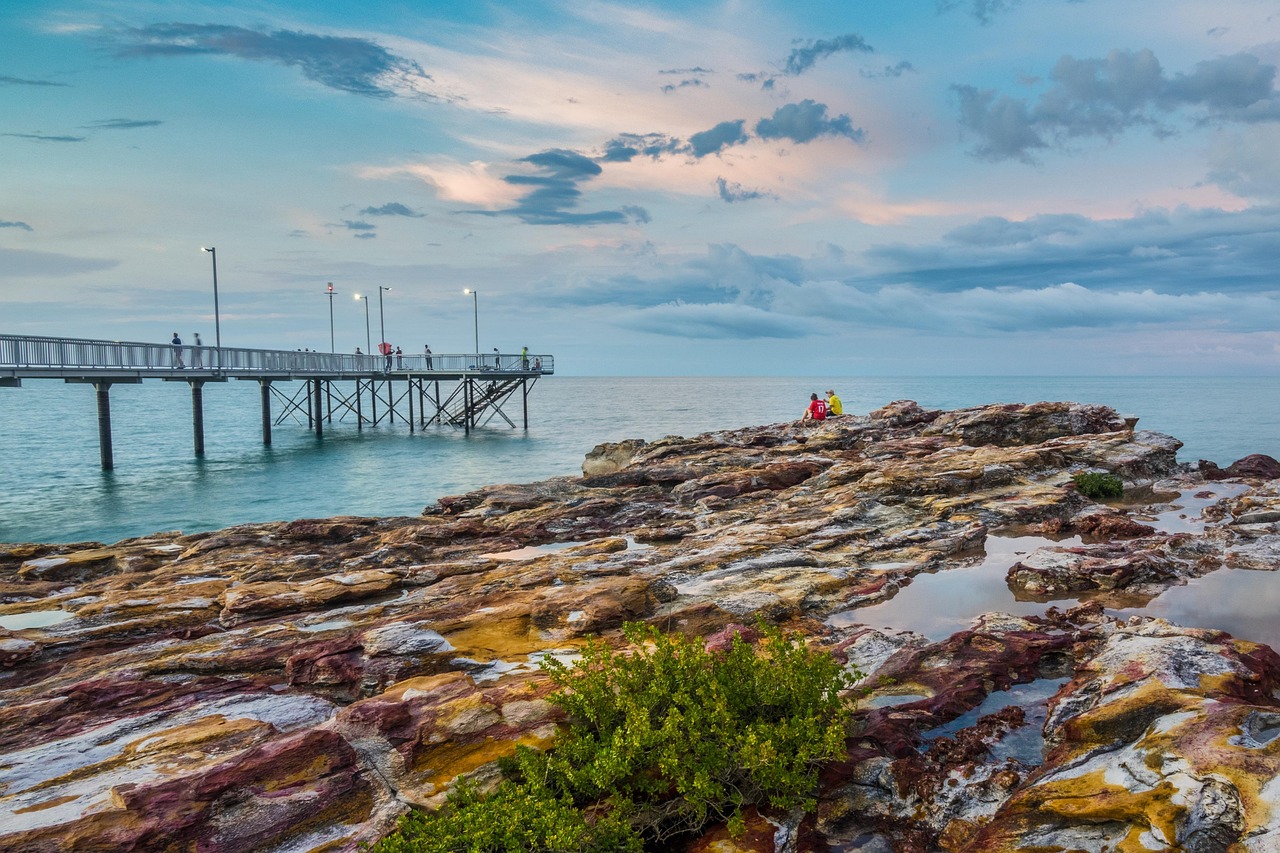
The Top End is contrasts. The wet season (November to April) brings lush landscapes and dramatic storms but also heat, humidity, and limited access to some parks.
May to October is the best time to visit: warm weather, sunny skies, and cultural festivals like Darwin Festival or Barunga.
Western Australia (Perth, Kimberley, Margaret River)
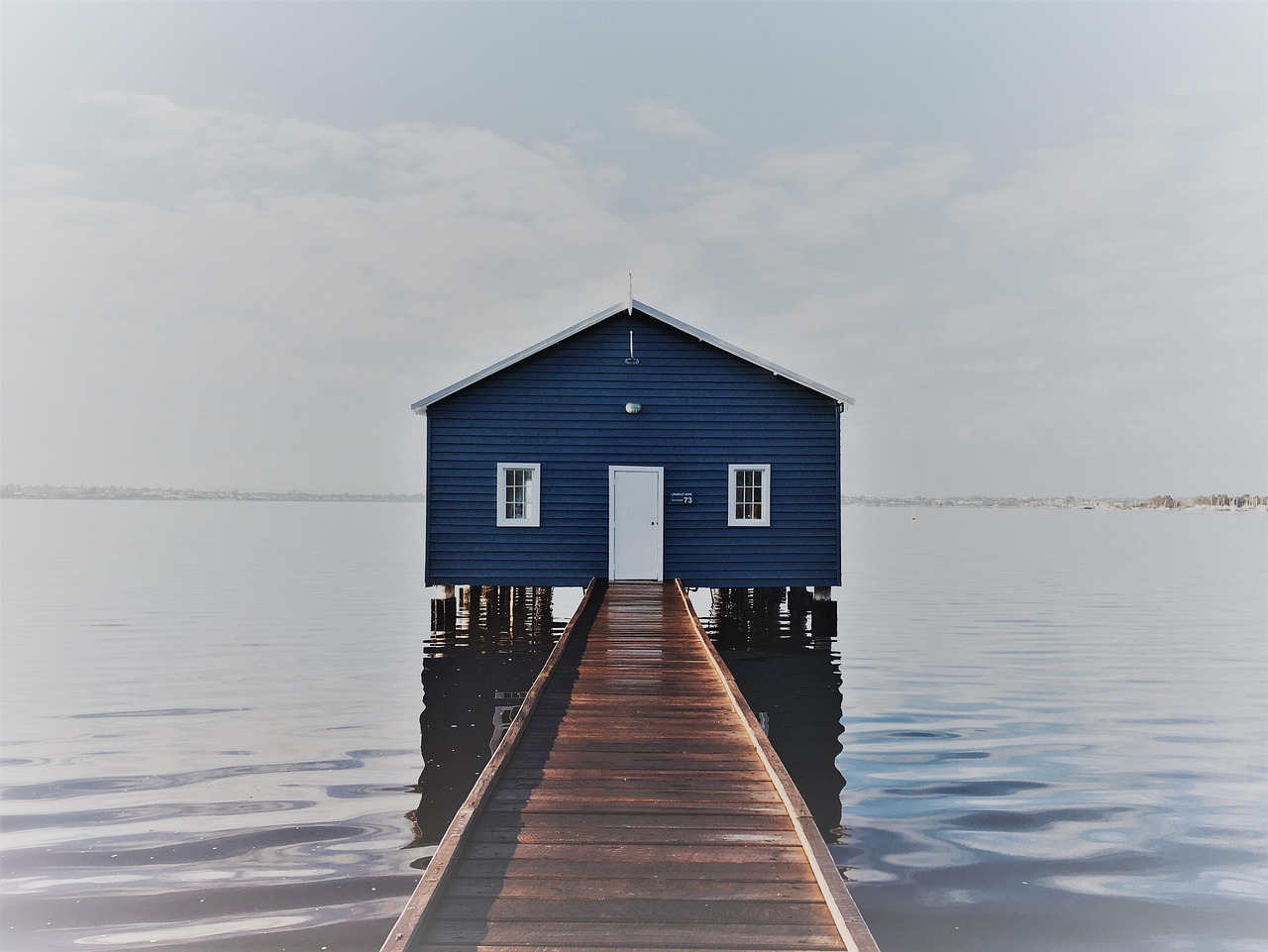
Western Australia is massive in size, so timing is relative to where you are going.
- Southwest (Perth, Margaret River) is best between spring and autumn, with gentle winters and stunning coastal views.
- The Kimberley and north coast are best visited during the dry season, May to September.
Tasmania
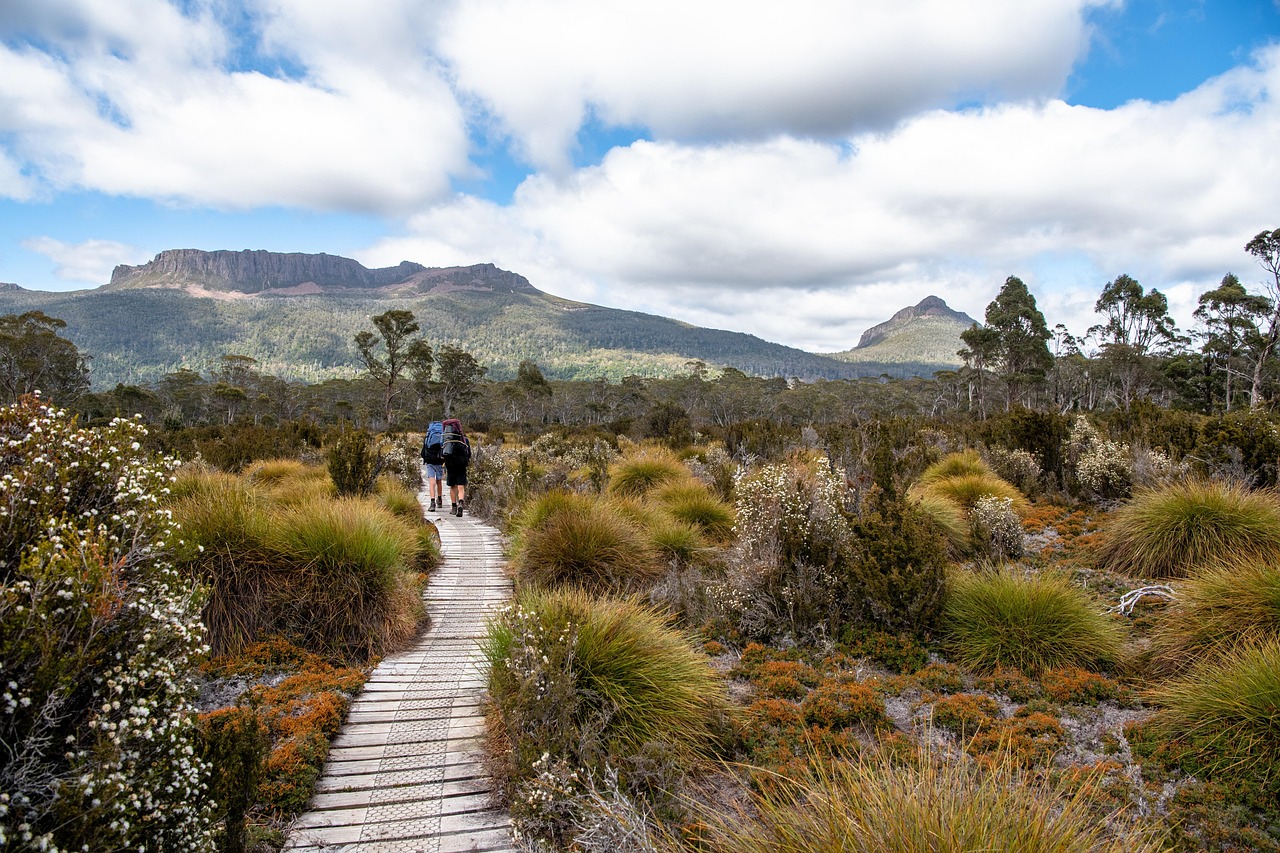
This island nation has a cooler climate, but it’s at its best during summer and early autumn. Between December and March, outdoor hikes, beautiful beaches, and food festivals under blue skies await you.
Spring is also beautiful for wildflowers and nature, and winters are left to snug getaways and mountain landscapes.
Practical tips before you go
A Few Clever Travel Tips Before You Depart
Australia is not the sort of destination where you can wing it and expect everything to work out. With open spaces galore, varying climates, and an entire blend of landscapes, a bit of planning does make a difference. Here are some useful tips to make your trip smoother, more enjoyable, and certainly less hectic.
Understand the Scale — It’s Big
Australia is large. Extremely large. We’re not talking about fast, two-hour car rides like in Europe where you jump between nations. Here, even within the same state, popular destinations can be hours away from one another — sometimes a day or even longer of driving time. So, be sure to leave some extra time when you’re planning your itinerary. Hurrying through will only exhaust you and make you miss the good stuff.
Match the Region to the Season
Timing is everything. The optimal time to travel to Queensland may not be ideal for Western Australia. Make sure to research weather patterns, rainfalls, local festivals, and even road conditions — particularly if you’re traveling into remote or tropical areas. A little advance work can prevent you from walking into a wet or hot surprise.
Plan Ahead During Peak Times
Holiday periods — like Christmas, Easter, and school breaks (April, July, September) — can get hectic. Aussies love their beach towns and nature getaways, so these spots book out fast. If you’re thinking of visiting national parks, coastal areas, or major tourist hotspots during these peak times, don’t leave bookings to chance. Secure your stay, tours, and car rental early to avoid disappointment.
Stay Flexible — Especially with a Car
One of the best ways to experience Australia is by car. With your own set of wheels, you’ve got the freedom to pull over anywhere something catches your eye, take the scenic route, or explore areas public transport can’t reach. Whether you’re after waterfalls, coastal scenery, or simply a little peace and quiet, a road trip is in your hands.
Europcar makes this easy — with pickup points at all major airports and cities including Sydney, Melbourne, Brisbane, Perth, and Darwin. Whether you’re a solo traveler in need of a compact ride, a family looking for space, or an adventurer needing a sturdy 4WD, there’s a vehicle for every kind of journey.
Australia is ready when you are
Fact is — there’s no single solution. And that’s just what makes Australia so special. Some are attracted to the vibrant summer buzz of Sydney’s beaches. Others see magic in the Outback winter stillness, or the freshness of spring wildflowers.
The real secret? Match your trip to the season and your personal travel style. Want colorful festivals and unlimited beach time? Summer’s for you. Prefer chilly hikes and golden countryside scenery? Autumn may be your cup of tea. Looking to see waterfalls roar and wildlife thrive?Tropical winter is your time.
And wherever you are, the best way to experience it all is on your own schedule. With the freedom to stop, divert, and discover, every trip becomes richer.
With Europcar, freedom is effortless. From urban getaways to far-off road trips, take your rental from main airports and cities nationwide — and allow your journey to unfold on your schedule.
